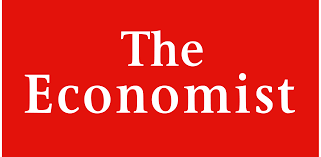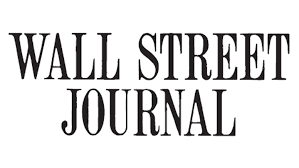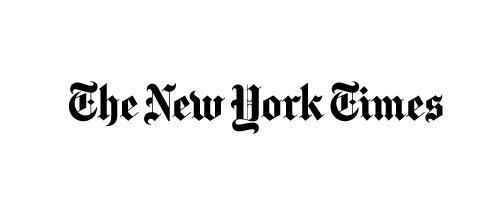

Daniel Taylor is the Arthur Andersen Chaired Professor at The Wharton School, and is director of the Wharton Forensic Analytics Lab. He is an award-winning researcher and teacher with extensive expertise on corporate disclosures, insider trading, and fraud prediction. He has published extensively on these topics in leading academic journals; led seminars at dozens of top business schools across the globe; and won numerous academic and industry awards.
Prof. Taylor’s research is relevant to variety of practitioners and regulators seeking to understand, detect, and deter opportunistic and illict activity in capital markets. His research frequently appears in the business media, and has been cited in rules and regulations promulgated by the SEC. Most recently, his research on insider trading was the impetus behind the SEC’s proposed rule changes to 10B5-1 trading plans; changes to Form 144 filings; the Holding Foreign Insiders Accountable Act; and multiple investigations by the SEC, DoJ, and FBI
Professor Taylor enjoys putting his research into practice and has provided expert and consulting services related to best practices in corporate disclosure, 10B5-1 trading plans, statistical analysis of trading activity, and fraud prediction, and he has co-developed and licensed intellectual property related to parsing SEC filings. His consulting clients include the DoJ, hedge funds, plaintiff and defense firms, and a Big 4 auditor.
Professor Taylor teaches a cutting-edge undergraduate course––Forensic Analytics––that applies state-of-the-art analytic tools to corporate disclosures, and teaches undergraduate and doctoral seminars on data analysis. His doctoral students have gone on to become faculty at a variety of leading business schools, including Stanford, MIT, and Chicago. He received his bachelor’s degree from University of Delaware, his master’s from Duke University, and his PhD from Stanford University.
Featured Research
-
We present new evidence on the trading behavior of corporate executives using a unique dataset of over 20,000 10b5-1 plans, including their associated adoption dates and trades. We show that a subset of executives use these plans to engage in opportunistic, large-scale selling that appears to undermine the purpose of Rule 10b5-1. We identify three “red flags” associated with opportunistic use of 10b5-1 plans. (1) Plans with a short cooling-off period. (2) Plans that entail only a single trade. (3) Plans adopted in a given quarter that begin trading before that quarter’s earnings announcement. Sales made pursuant to these plans avoid significant losses, and anticipate considerable stock price declines that are well in excess of industry peers.
coauthored with David Larcker, Bradford Lynch, Phillip Quinn, and Brian Tayan (Closer Look Series)
-
Investors rely on corporate disclosure to make informed decisions about the value of companies they invest in. The COVID-19 pandemic provides a unique opportunity to examine disclosure practices of companies relative to peers in real time about a somewhat unprecedented shock that impacted practically every publicly listed company in the U.S. We examine how companies respond to such a situation, the choices they make, and how disclosure varies across industries and companies.
coauthored with David Larcker, Bradford Lynch, and Brian Tayan (Closer Look Series, 2020)
-
One of the hallmarks of the SEC’s investigative process is that it is shrouded in secrecy––only the SEC staff, high-level managers of the company being investigated, and outside counsel are typically aware of active investigations. We obtain novel data on all investigations closed by the SEC between 2000 and 2017––data that was heretofore non-public––and find that such investigations predict economically material declines in future firm performance. Despite evidence that the vast majority of these investigations are economically material, firms are not required to disclose them, and only 19% of investigations are initially disclosed. We examine whether corporate insiders exploit the undisclosed nature of these investigations for personal gain. Despite the undisclosed and economically material nature of these investigations, we find that insiders are not abstaining from trading. In particular, we find a pronounced spike in insider selling among undisclosed investigations with the most severe negative outcomes; and that abnormal selling activity appears highly opportunistic and earns significant abnormal returns. Our results suggest that SEC investigations are often undisclosed, economically material non-public events and that insiders are trading in conjunction with these events.
coauthored with Terrence Blackburne, John Kepler, and Phillip Quinn (Management Science, 2020)
-
We analyze the trading of corporate insiders at leading financial institutions during the 2007 to 2009 financial crisis. We find strong evidence of a relation between political connections and informed trading during the period in which TARP funds were disbursed, and that the relation is most pronounced among corporate insiders with recent direct connections. Notably, we find evidence of abnormal trading by politically connected insiders 30 days in advance of TARP infusions, and that these trades anticipate the market reaction to the infusion. Our results suggest that political connections can facilitate opportunistic behavior by corporate insiders.
coauthored with Alan Jagolinzer, David Larcker, and Gaizka Ormazabal (Journal of Finance, 2020)
-
Corporate executives receive a considerable portion of their compensation in the form of equity and, from time to time, sell a portion of their holdings in the open market. Executives nearly always have access to nonpublic information about the company, and routinely have an information advantage over public shareholders. Federal securities laws prohibit executives from trading on material nonpublic information about their company, and companies develop an Insider Trading Policy (ITP) to ensure executives comply with applicable rules. In this Closer Look, we examine the potential shortcomings of existing governance practices as illustrated by four examples that suggest significant room for improvement.
coauthored with John Kepler, David Larcker, and Brian Tayan (Closer Look Series, 2020)
-
While the shareholder benefits of investor conferences are well-documented, evidence on whether these conferences facilitate managerial opportunism is scarce. In this paper, we examine whether managers opportunistically exploit heightened attention around the conference to “hype” the stock. Consistent with hype, we find that managers increase the quantity of voluntary disclosure over the ten days prior to the conference, and that these disclosures increase prices to a greater extent than post-conference disclosures. Investigating managers’ incentives for pre-conference disclosure, we find that the increase in pre-conference disclosure is more pronounced when insiders sell their shares immediately prior to the conference. In those circumstances where pre-conference disclosures coincide with pre-conference insider selling, we find evidence of a significant return reversal: large positive returns before the conference, and large negative returns after the conference. Collectively, our findings are consistent with some managers hyping the stock prior to the conference and selling their shares at inflated prices.
coauthored with Brian Bushee and Christina Zhu (white paper, 2020)
-
While the shareholder benefits of audits are well documented, evidence on whether audits can facilitate opportunistic behavior by corporate insiders is scarce. In this paper, we examine whether the audit process facilitates one particular form of opportunism: informed trading by corporate insiders. We focus our analysis on insider trading around the audit report date. We find an increase in trading around the audit report date and that the increase is abnormally large for firms that subsequently report modified opinions. Abnormal increase in trading is concentrated among officers and non-audit committee independent directors, and most pronounced in first-time modified opinions and modified opinions in years where financial results are subsequently restated. These trades are highly opportunistic: they predict restatements, and as a consequence, avoid significant losses. Collectively, our findings provide novel evidence that insiders appear to exploit private information about the audit process––a process ostensibly designed to protect shareholders––for opportunistic gain.
coauthored with Salman Arif, John Kepler, and Joseph Schroeder (white paper, 2020)
-
This paper examines how the ex ante level of public scrutiny influences a manager’s subsequent decision to misreport. The conventional wisdom is that high levels of public scrutiny facilitate monitoring, suggesting a negative relation between scrutiny and misreporting. However, public scrutiny also increases the weight that investors place on earnings in valuing the firm. This in turn increases the benefit of misreporting, suggesting a positive relation. We formalize these two countervailing forces––”monitoring” and “valuation”––in the context of a parsimonious model of misreporting. We show that the combination of these two forces leads to a unimodal relation. Specifically, as the level of public scrutiny increases, misreporting first increases, reaches a peak, and then decreases. We find evidence of such a relation across multiple empirical measures of misreporting, multiple measures of public scrutiny, and multiple research designs.
coauthored with Delphine Samuels and Robert Verrecchia, (Journal of Accounting and Economics, 2020)
-
Most corporate governance research focuses on the behavior of chief executive officers, board members,institutional shareholders, and other similar parties. Little research focuses on the impact of executives whose primary responsibility is to enforce and shape corporate governance inside the firm. This study examines the role of the general counsel in mitigating informed trading by corporate insiders. We find that insider trading profits and the predictive ability of insider trades for future operating performance are generally higher when insiders trade within firm-imposed restricted trade windows. However, when general counsel approval is required to execute a trade, insiders’ trading profits and the predictive ability of insider trades for future operating performance are substantively lower. Thus, when given the authority, it appears the general counsel can effectively limit the extent to which corporate insiders use their private information to extract rents from shareholders.
coauthored with Alan Jagolinzer and David Larcker, (Journal of Accounting Research, 2011)
-
Wharton Forensic Analytics Lab aims to be the world’s foremost source of research and teaching expertise on the application of data analytics to issues related to insider trading, financial irregularities, and corporate transparency. The Lab has a three‐part mission, focused broadly on the application of academic research to practice and education: (1) create and disseminate new tools and technologies to academics and private sector partners; (2) create and disseminate academic research to media, practitioners, and regulators; and (3) create and disseminate teaching and educational materials to academics and current and prospective students.
Comment Letters
Awards & Honors
